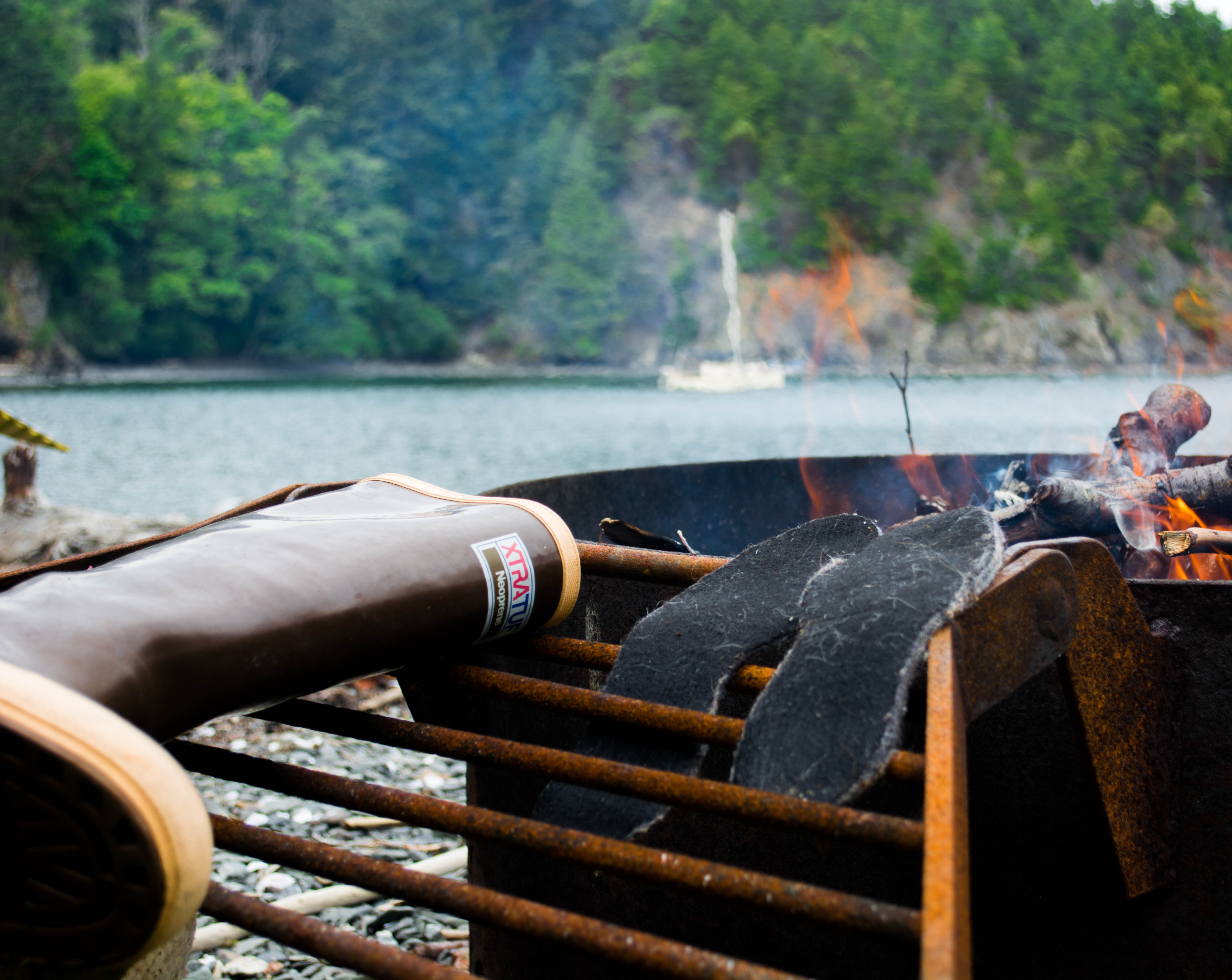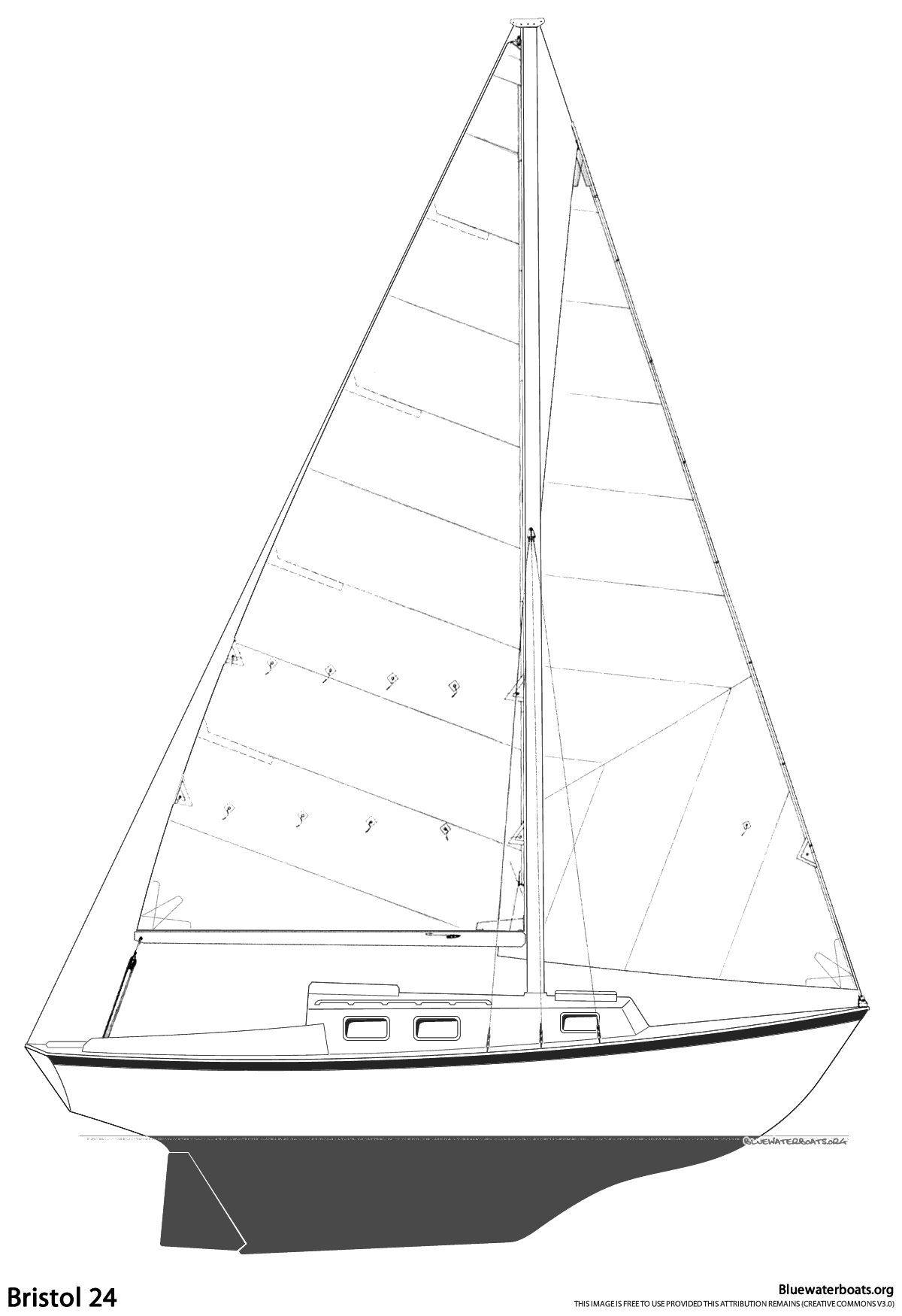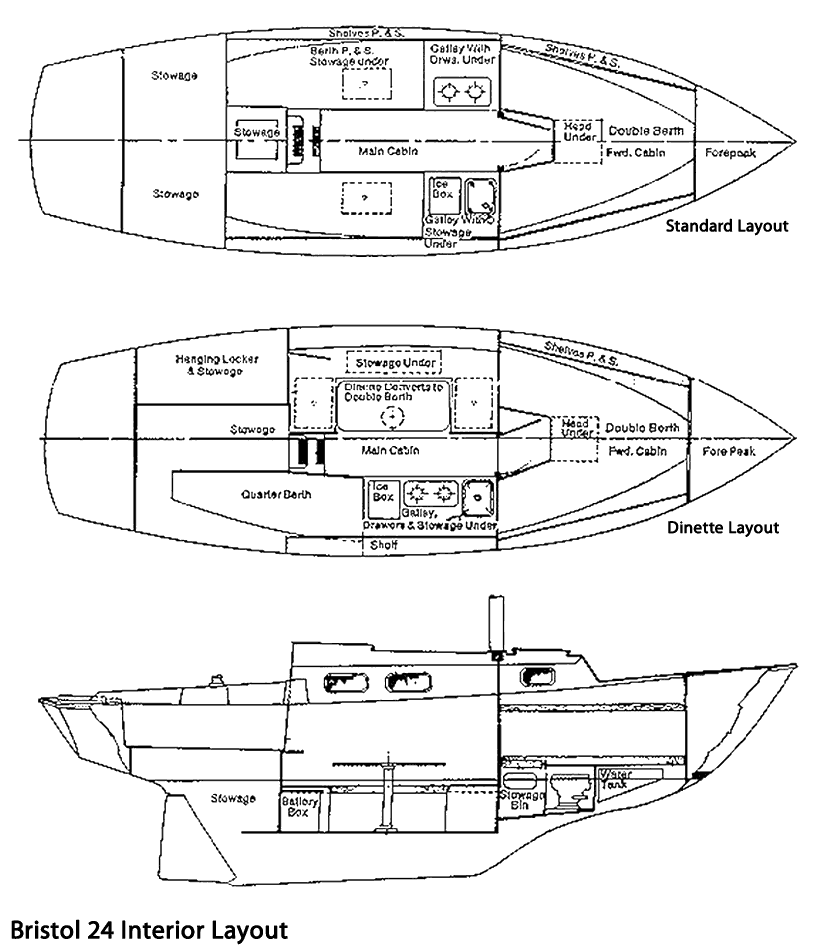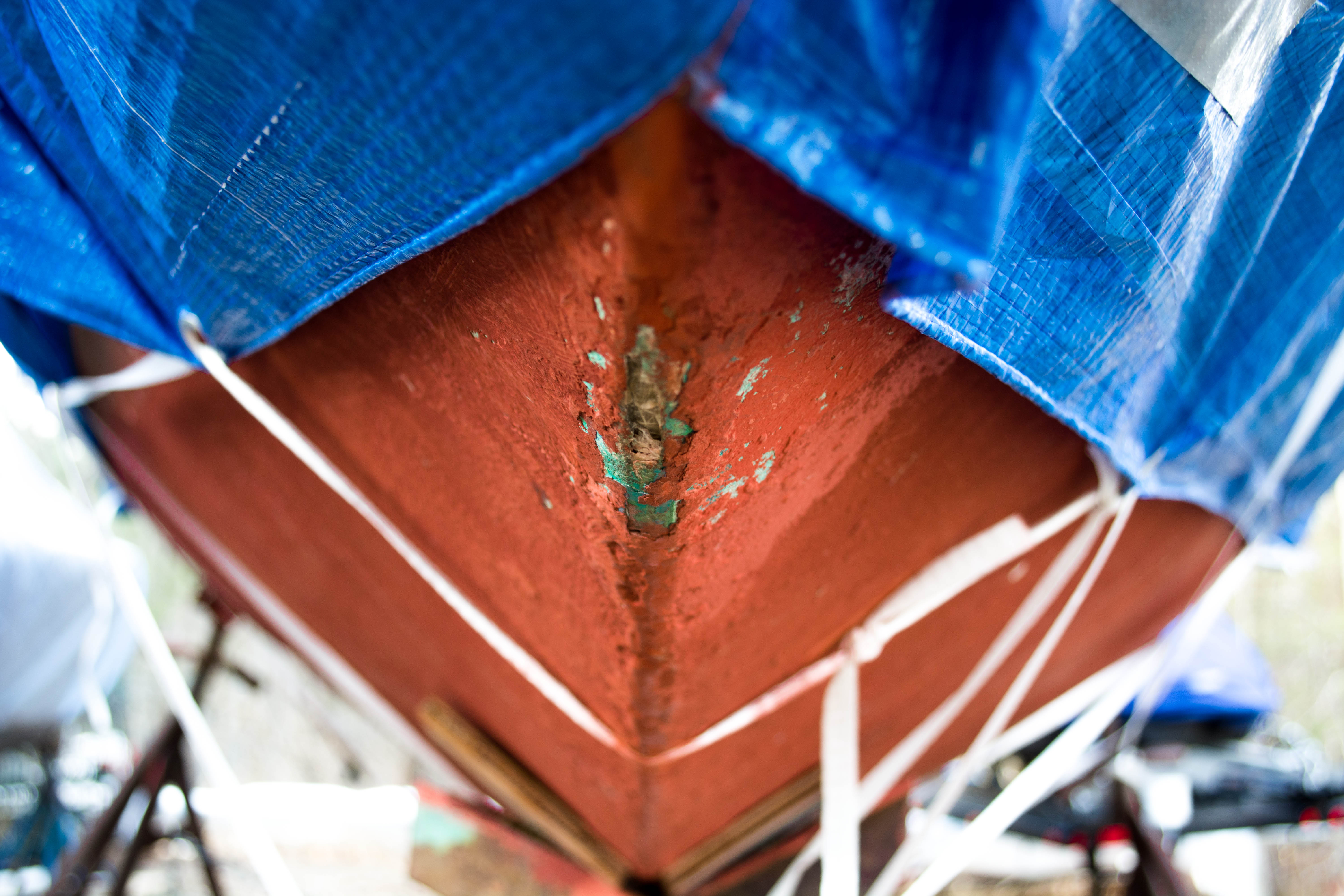 A 22 pound anchor, a 10 pound anchor roller, 25 feet of chain, and 200 plus feet of line. That’s nearly 75 pounds at the bow of my Bristol 24 sailboat that’s never been there before. Take into account her Johnson 9 horsepower, four stroke outboard engine at the stern, and I’m afraid I might be having some center of effort issues come sailing time.
A 22 pound anchor, a 10 pound anchor roller, 25 feet of chain, and 200 plus feet of line. That’s nearly 75 pounds at the bow of my Bristol 24 sailboat that’s never been there before. Take into account her Johnson 9 horsepower, four stroke outboard engine at the stern, and I’m afraid I might be having some center of effort issues come sailing time.
When I was a kid I was obsessed with animals, I still am, but my parents liked to keep a fur free home. When I asked for a dog, I got a bunny. When I asked for a pig, I got chickens. When I asked for a horse, I got a hobby horse. One of the plastic kinds you see outside midwest grocery stores that dips up and down from forward to back. A fun sensation when you’re a kid, not so much when you’re a sailor.
My quasi plan to right this inevitable issue is to add more weight mid ship, most likely in the form of canned goods, rice, and water. But I have a theory…
When clambering through the lockers I saw some removable bars of ballast. I think they are led, or iron. When I asked the previous owner what was up with these he said they came with the boat and he always just left them in that spot, mid ship.
“I think personally, though, she’d sail better with that weight up in the bow,” he said.
This leads me to believe that with the engine aft, external ballast mid ship, and the added ground tackle weight forward, she might just sail like a balanced boat rather than a bucking bronco.










